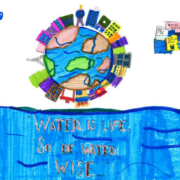Six talented elementary school students were recognized on August 7 by the Otay Water District Board of Directors as the winners of the District’s “Water is Life” Student Poster Contest.
As one of the Otay Water District’s educational programs, the contest offers an opportunity for students to showcase their creativity while reflecting on the importance of using water efficiently in their daily lives. Students were encouraged to illustrate the value of water used both inside and outside the home as an informational poster intended to educate others.
“We’re proud to offer students this opportunity to have fun and be creative, while at the same time thinking and learning about water conservation,” said Otay Water District General Manager Mark Watton.
More than 245 students from 10 different schools in the District’s service area submitted entries. The District judged the entries based on categories in two grade categories: kindergarten through third grade, and fourth through sixth grade. First, second and third prize winners were chosen from each category.
Winners received an award certificate, gift card, art kit, and a goodie bag filled with District promotional items. The lucky first place winners in each category also received a pizza party for their entire class.
The six posters winners were submitted by students in the Chula Vista Elementary School District.
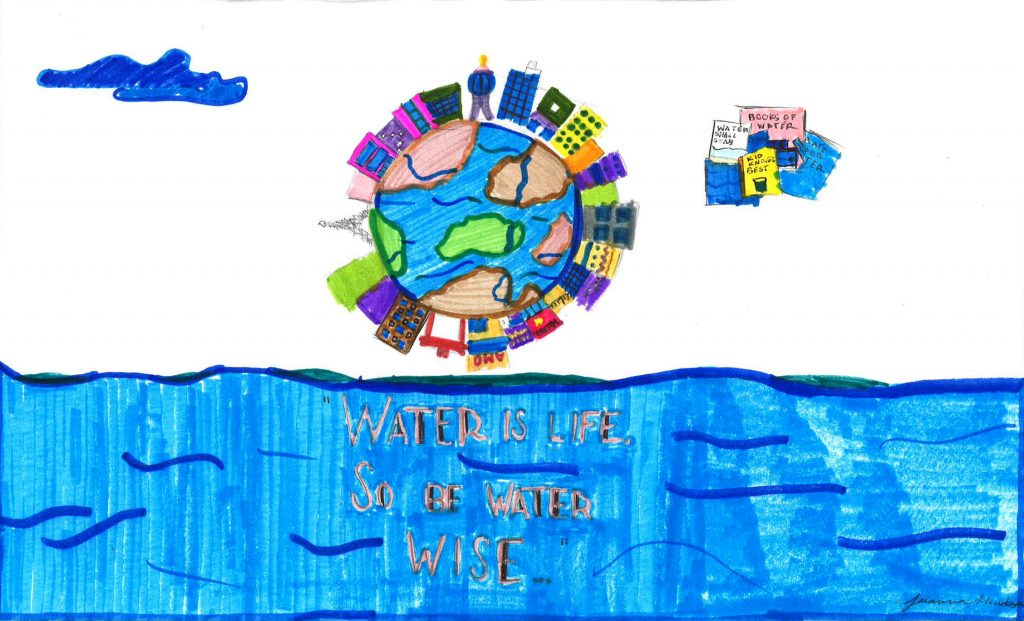
Jeeanna Mendoza, Grade 3, Camarena Elementary School (first place; K-3). Photo: Otay Water District
-
Jeeanna Mendoza, Grade 3, Camarena Elementary School (First Place; K-3)
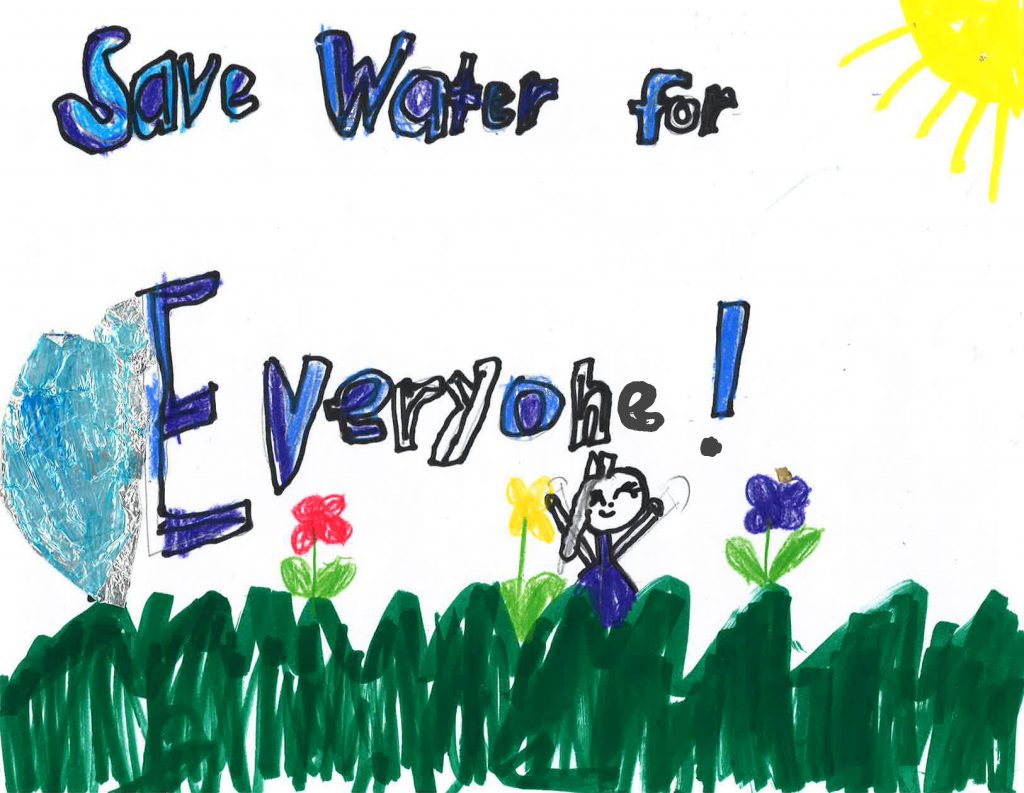
Amerie Constantino, Grade 1, Wolf Canyon Elementary School (second place; K-3). Photo: Otay Water District
-
Amerie Constantino, Grade 1, Wolf Canyon Elementary School (Second Place; K-3)
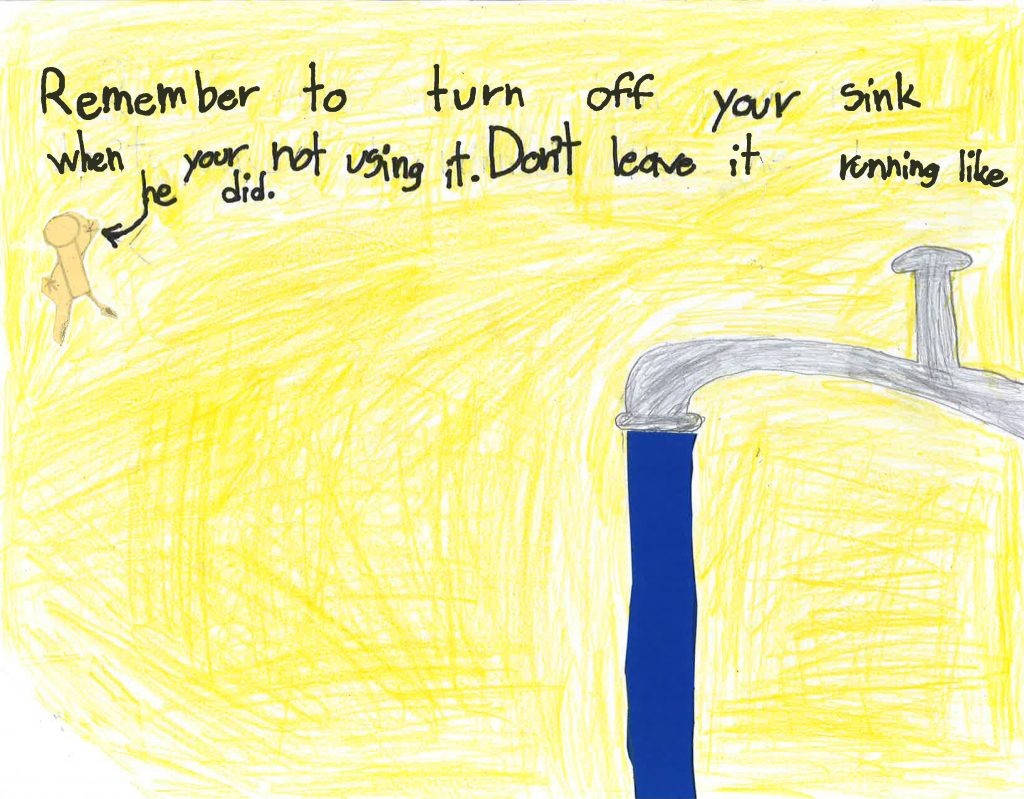
Miguel-Angel Gonzalez, Grade 2, Wolf Canyon Elementary School (third place; K -3). Photo: Otay Water District
-
Miguel-Angel Gonzalez, Grade 2, Wolf Canyon Elementary School (Third Place; K-3)
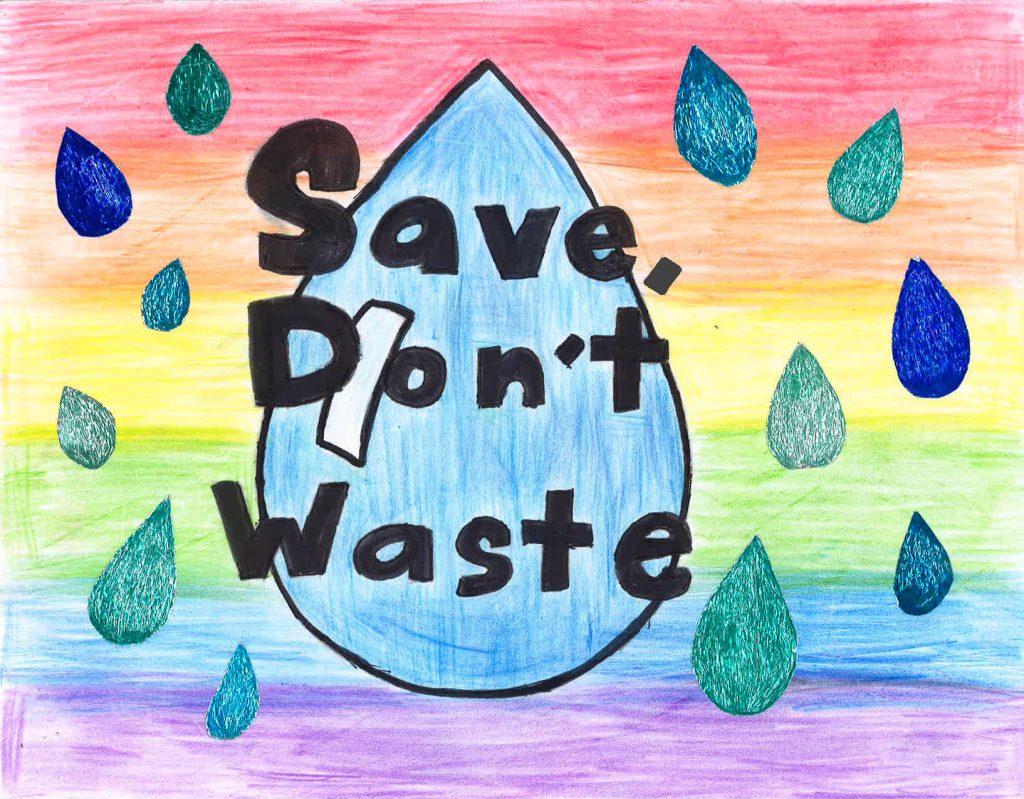
Maya Santana, Grade 5, Wolf Canyon Elementary School (first place; 4-6). Photo: Otay Water District
-
Maya Santana, Grade 5, Wolf Canyon Elementary School (First Place; 4-6)
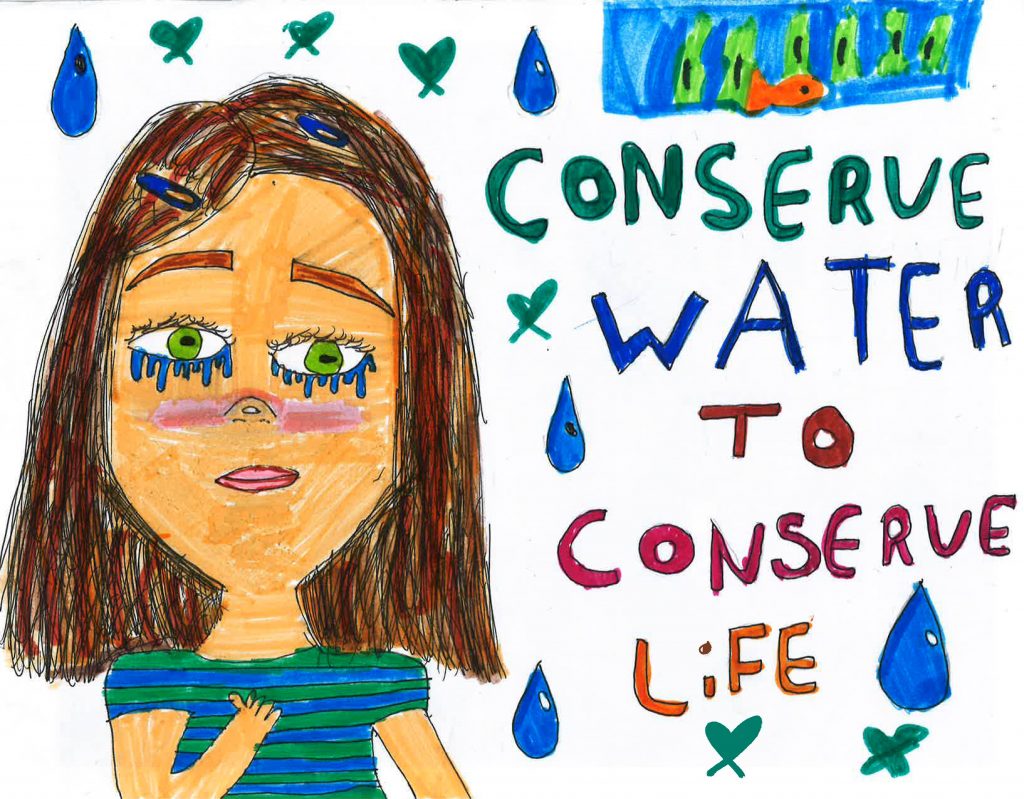
Malayiah Williams, Grade 5, Wolf Canyon Elementary School (Second Place; 4-6). Photo: Otay Water District
-
Malayiah Williams, Grade 5, Wolf Canyon Elementary School (Second Place; 4-6)
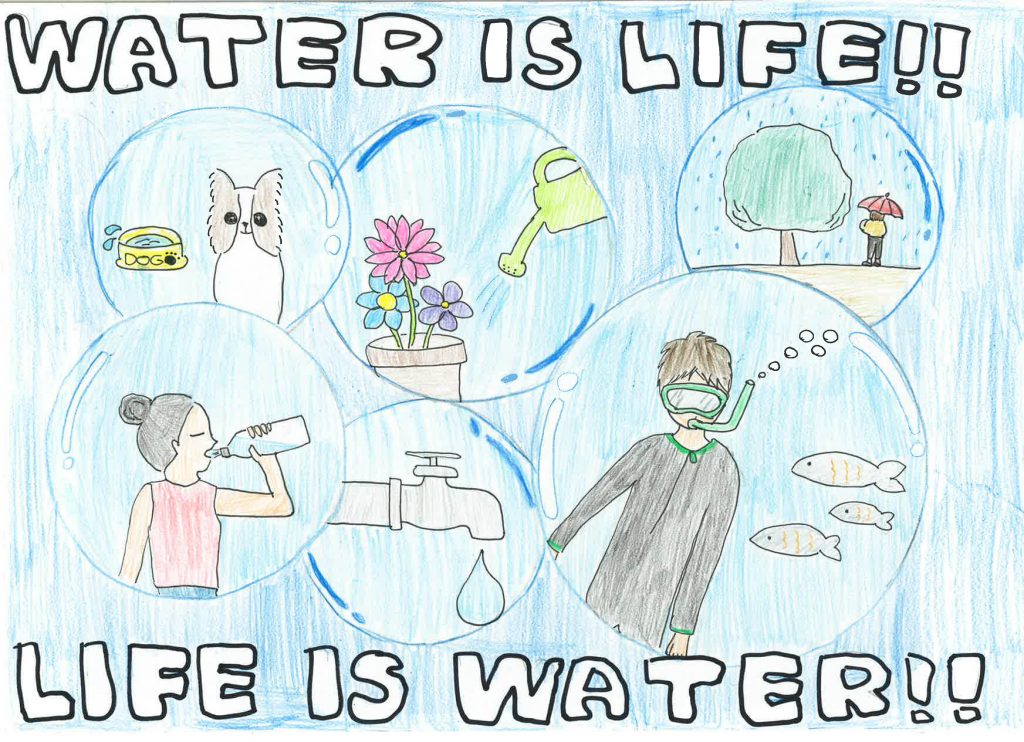
Rin Smith, Grade 5, Wolf Canyon Elementary School (Third Place; 4-6). Photo: Otay Water District
-
Rin Smith, Grade 5, Wolf Canyon Elementary School (Third Place; 4-6)
Otay Water District winners advance to regional contest
In addition, according to the Metropolitan Water District of Southern California’s 2020 Student Art Calendar Contest rules, the District submitted five of the six winning posters to MWD’s contest. MWD will select 36 posters from its overall regional entries to be displayed in its 2020 “Water is Life” calendar. The winners will be honored at a student art exhibit and recognition event in December.
To learn more about the Otay Water District’s “Water is Life” Student Poster Contest, go to otaywater.gov/education.

